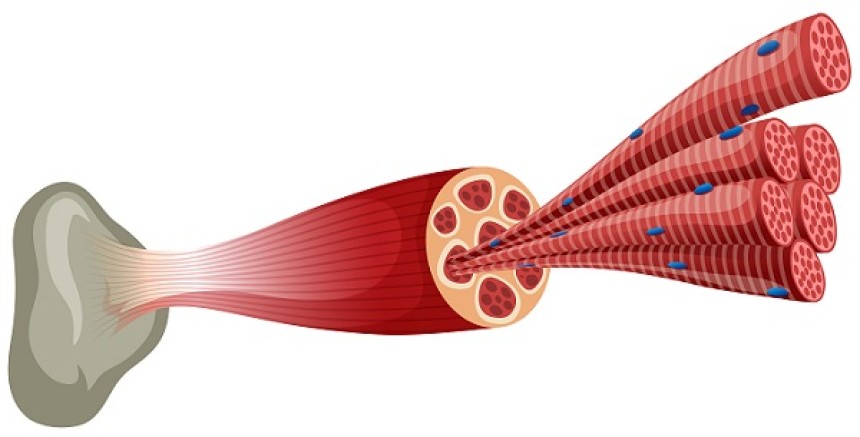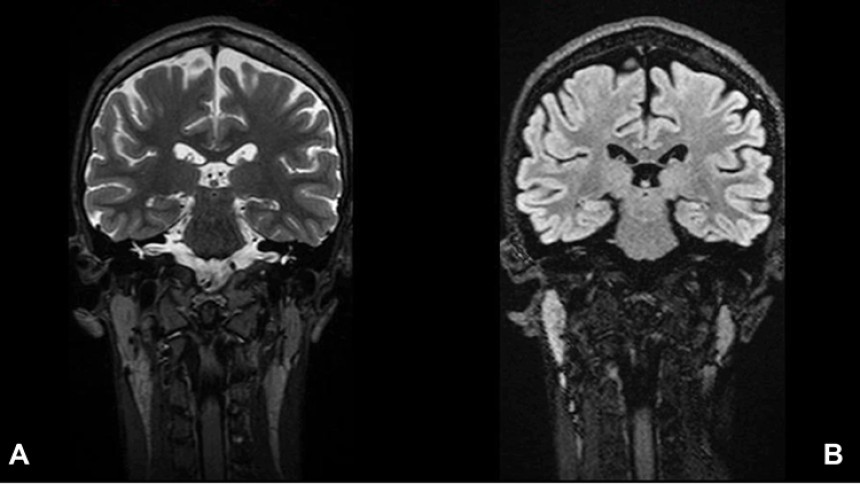
Lambert Eaton Syndrome
Lambert-Eaton Myasthenic Syndrome (LEMS) causes proximal muscle weakness and is associated with malignancies. Diagnosis involves CT scans and SOX antibody testing. Treatment options include amifampridine, guanidine, and pyridostigmine for mild cases. More severe cases may require immunomodifying treatments like IVIG, prednisolone, azathioprine, mycophenolate, or plasma exchange.
Lambert-Eaton Myasthenic Syndrome (LEMS): Introduction and Association with Malignancies
Lambert-Eaton myasthenic syndrome (LEMS) is a disorder of neuromuscular junction transmission with clinical manifestation of proximal muscle weakness. Early recognition of LEMS is important because of its strong association with malignancies including small cell lung cancer (SCLC), Hodgkin lymphoma, merkel cell carcinoma, or thymic neuroendocrine carcinoma. CT thorax, abdomen and pelvis and SOX antibodies status are required when suspecting LEMS. (1, 2, 3)
Management Options for LEMS
Patients with LEMS who have mild weakness which does not interfere with function can be monitored without therapy. For patients with moderate or severe weakness interfere with function, medical treatment with amifampridine (starting at 15- 30 mg orally daily given in three to four divided doses), or alternatively, guanidine (5- 10 mg/kg daily, taken in three to four divided doses; maximum 1000 mg/day) with or without pyridostigmine (starting at 30 mg three times daily) cold be considered. (4, 5, 6)
Advanced Treatment Strategies for Severe LEMS
In patients with significant weakness and a limited response to above mentioned symptomatic therapy, several different strategies have been employed, including a variety of immunomodifying treatments. They include intravenous immune globulin (IVIG) (a typical course of IVIG is 2 g/kg total over five days), prednisolone (1 mg/kg daily), azathioprine (2- 3 mg/kg a day), mycophenolate (1000 mg twice daily) or plasma exchange (Five exchanges; 3 to 5 L of plasma; each over 7 to 14 days). (7, 8, 9)
References
1-Jayarangaiah A, Kariyanna PT: Lambert Eaton Myasthenic Syndrome. InStatPearls, Treasure Island (FL), US; 2019.
2-Lorenzoni PJ, Kay CS, Werneck LC, Scola RH: Lambert-Eaton myasthenic syndrome: the 60th anniversary of Eaton and Lambert's pioneering article [Article in English, Portuguese]. Arq Neuropsiquiatr. 2018, 76:124-126.
3-Elrington GM, Murray NM, Spiro SG, Newsom-Davis J: Neurological paraneoplastic syndromes in patients with small cell lung cancer. A prospective survey of 150 patients. J Neurol Neurosurg Psychiatry. 1991, 54:764-767.
4-Huelsbrink R, Hashemolhosseini S: Lambert-Eaton myasthenic syndrome - diagnosis, pathogenesis and therapy. Clin Neurophysiol. 2014, 125:2328-2336.
5- https://ir.catalystpharma.com/news-releases/news-release-details/fda-approves-firdapser-amifampridine-treatment-lambert-eaton.
6- Tarr TB, Wipf P, Meriney SD: Synaptic pathophysiology and treatment of Lambert-Eaton myasthenic syndrome. Mol Neurobiol. 2015, 52:456-463.
7- Keogh M, Sedehizadeh S, Maddison P: Treatment for Lambert‐Eaton myasthenic syndrome . Cochrane Database Syst Rev. 2011, 2011:CD003279.
8- Bain PG, Motomura M, Newsom-Davis J, et al.: Effects of intravenous immunoglobulin on muscle weakness and calcium-channel autoantibodies in the Lambert-Eaton myasthenic syndrome. Neurology. 1996, 47:678-683.
9- Newsom-Davis J: Therapy in myasthenia gravis and Lambert-Eaton myasthenic syndrome . Semin Neurol. 2003, 23:191-198.





